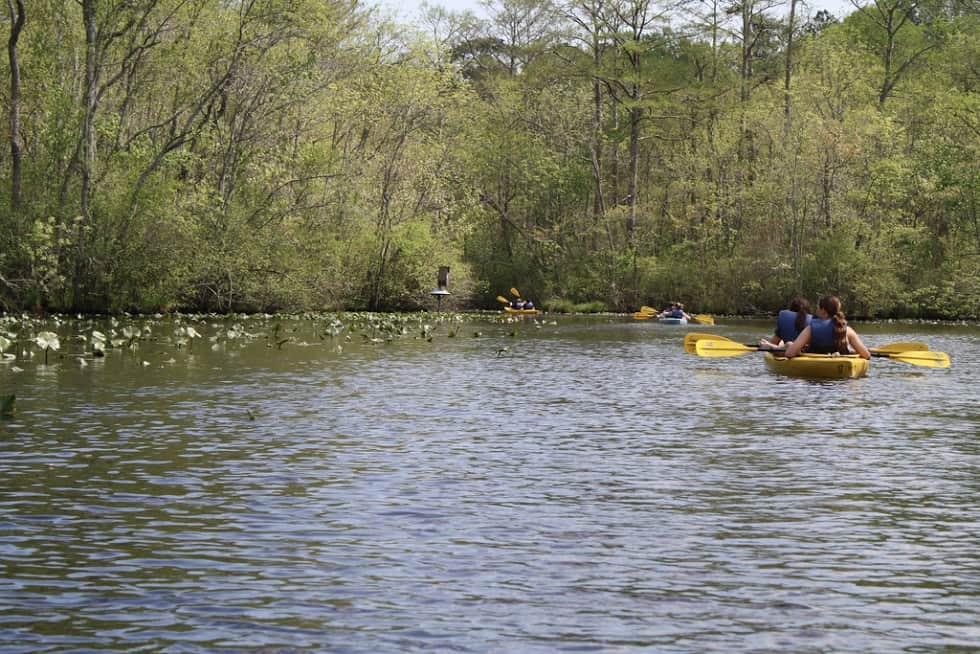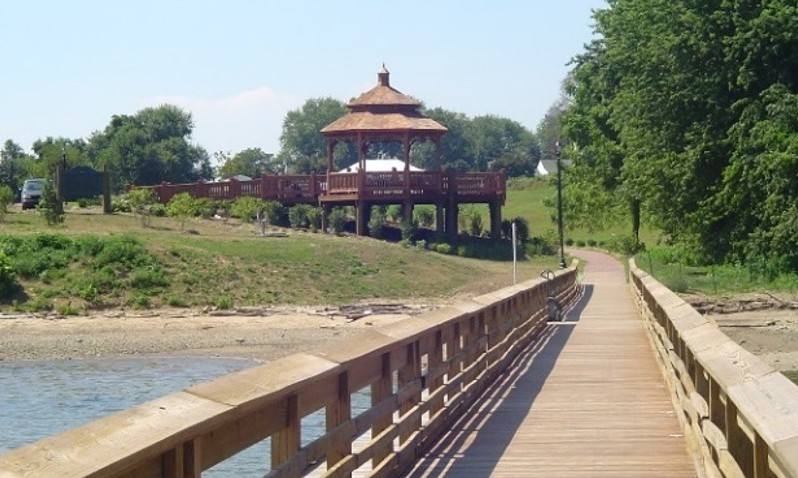A nine-mile stretch of the Pocomoke River will no longer send hundreds of thousands of pounds of farm nutrients downstream into the Bay, thanks to a major project the Maryland Department of Natural Resources and the Nature Conservancy just finished.
In the mid-20th century, that nine miles of the Pocomoke had been dredged and channelized, destroying the natural floodplain that kept nitrogen, phosophorous and sediment from flowing downstream during rain events.
Now, 125,000 pounds of those harmful nutrients will settle into the surrounding wetlands instead. The Maryland DNR says it’s one of the biggest ecological restoration projects in Maryland’s history. Making it happen depended upon local landowners, who agreed to have earth removed at more than 100 locations on the banks of the Pocomoke, and the local construction companies who did the work. No farmland had to be taken out of production to accomplish the floodplain restoration.
Bringing back the forested wetlands will also have other benefits, providing habitat for waterfowl, and possibly reducing flooding in populated areas downstream.
“Reconnecting this floodplain, together with more than 2,000 acres of headwater wetland restoration projects, greatly improves habitat and water quality within the Pocomoke River watershed,” said Matthew Fleming, director of the Chesapeake and Coastal Service for the Maryland Department of Natural Resources.
The Nature Conservancy says it will conduct scientific monitoring of the project, in part to learn how the floodplain restoration strategy could help other parts of the watershed.
“Solving the problem of water quality in the Chesapeake Bay will take innovative solutions and extensive collaboration between private individuals, government agencies and conservation groups,” said Amy Jacobs, agricultural program director for The Nature Conservancy in Maryland and Washington, D.C.
-Meg Walburn Viviano




